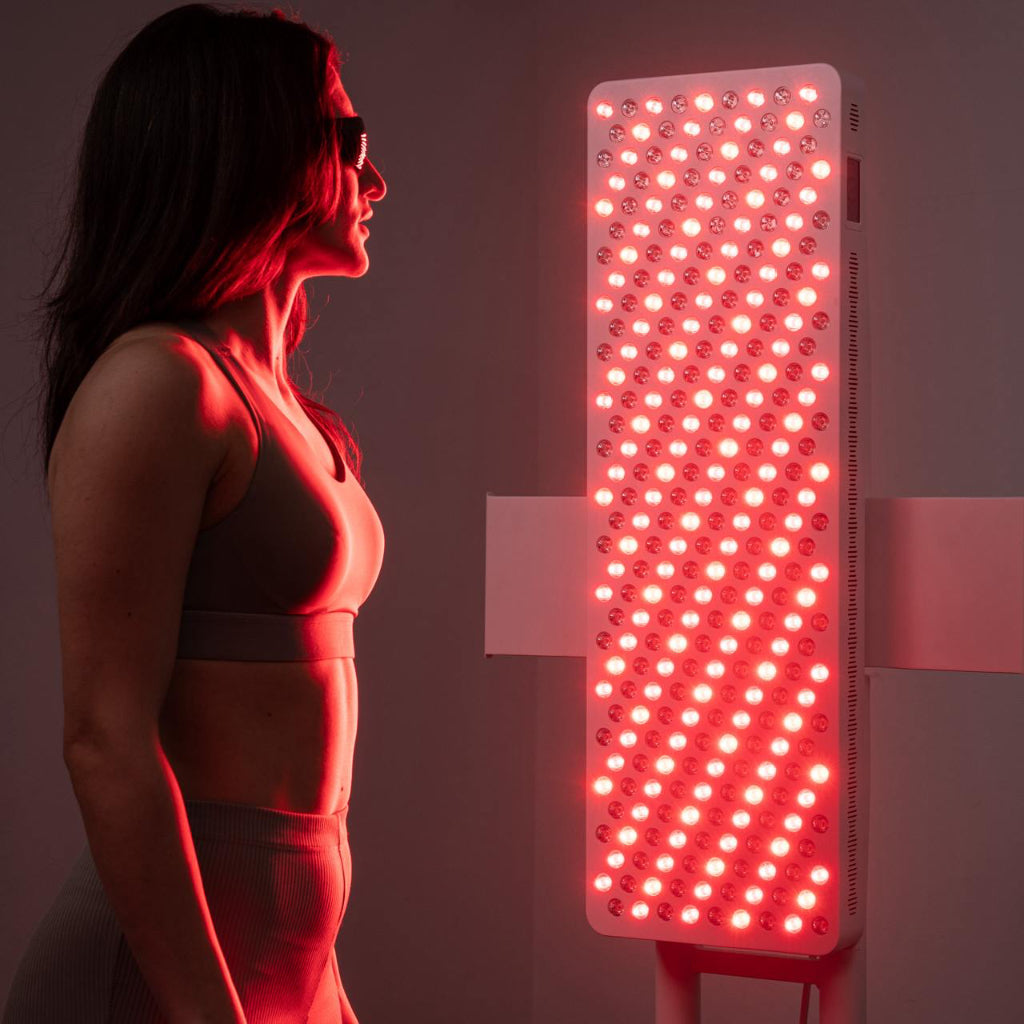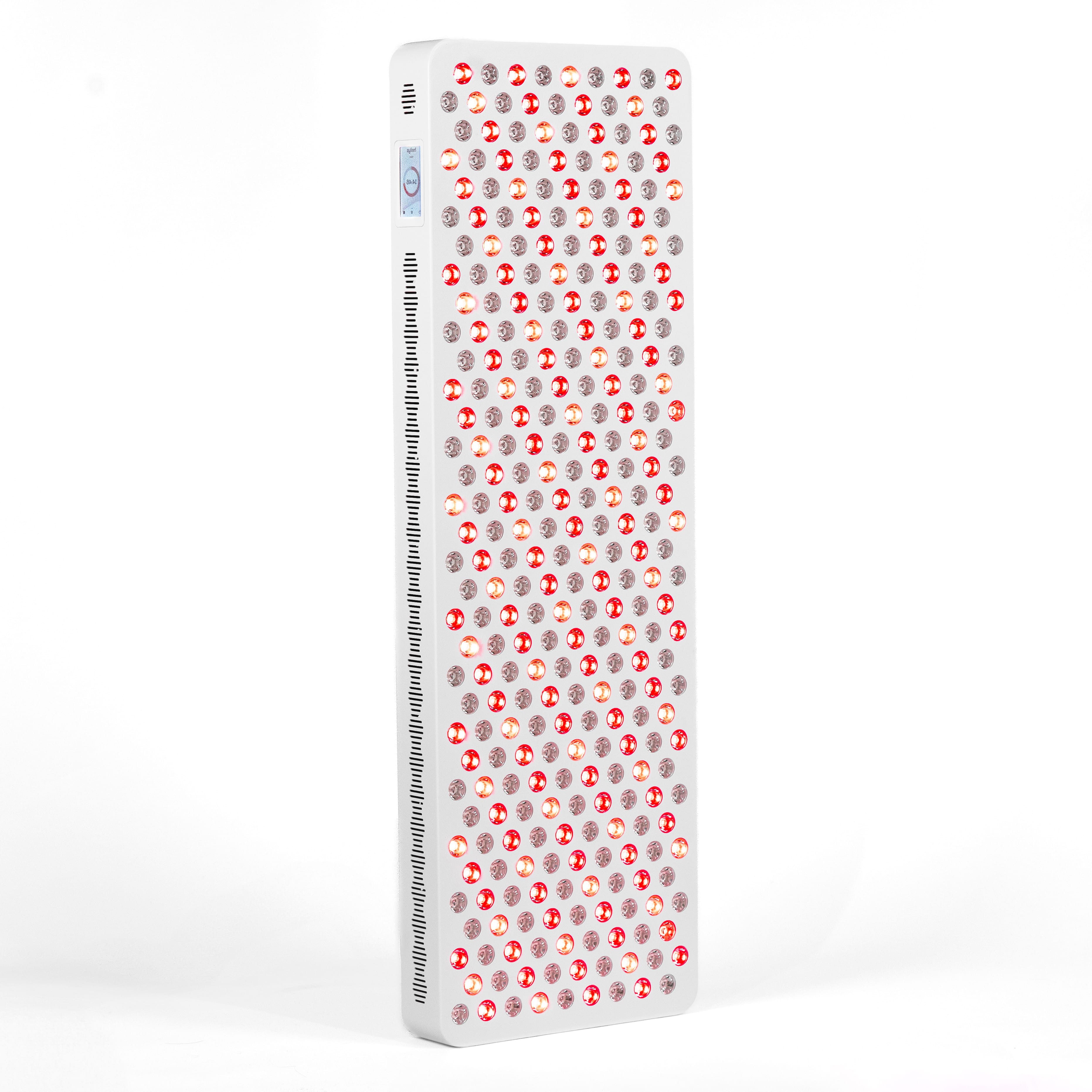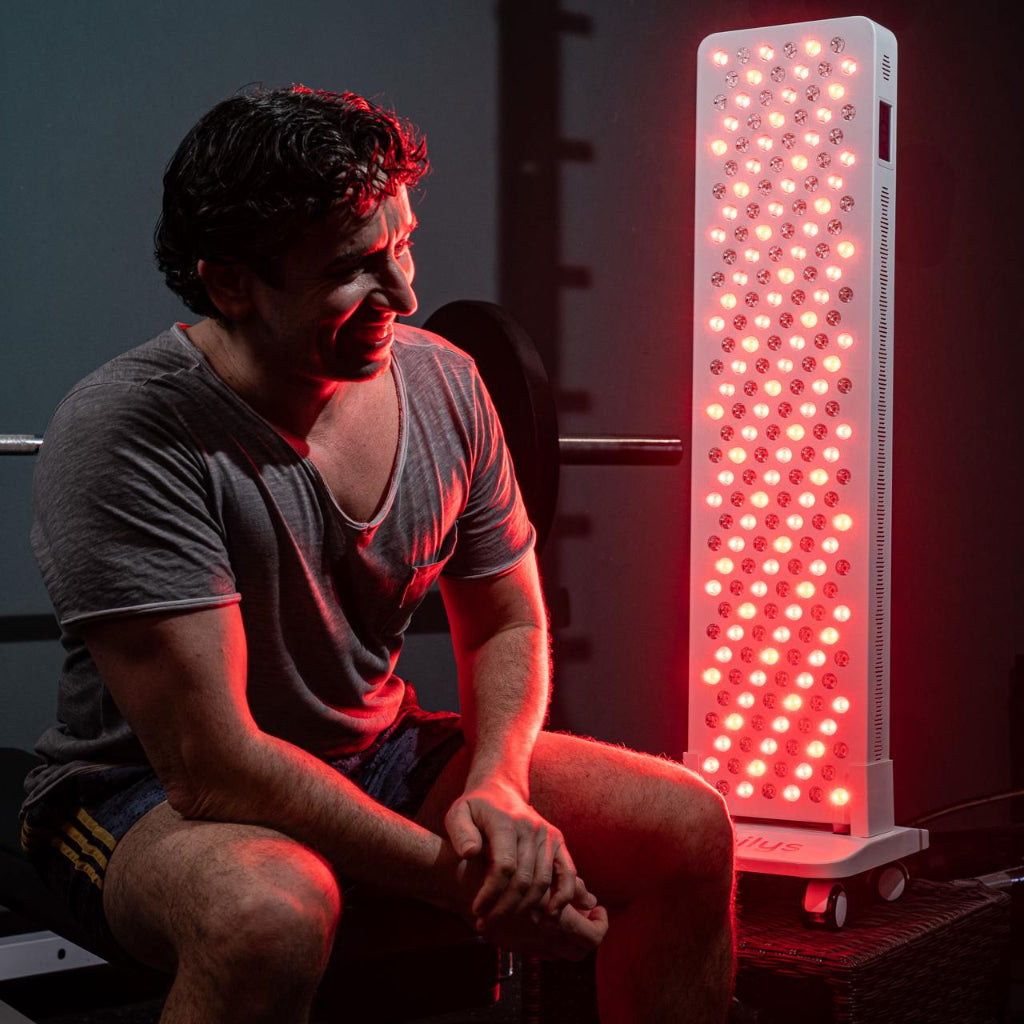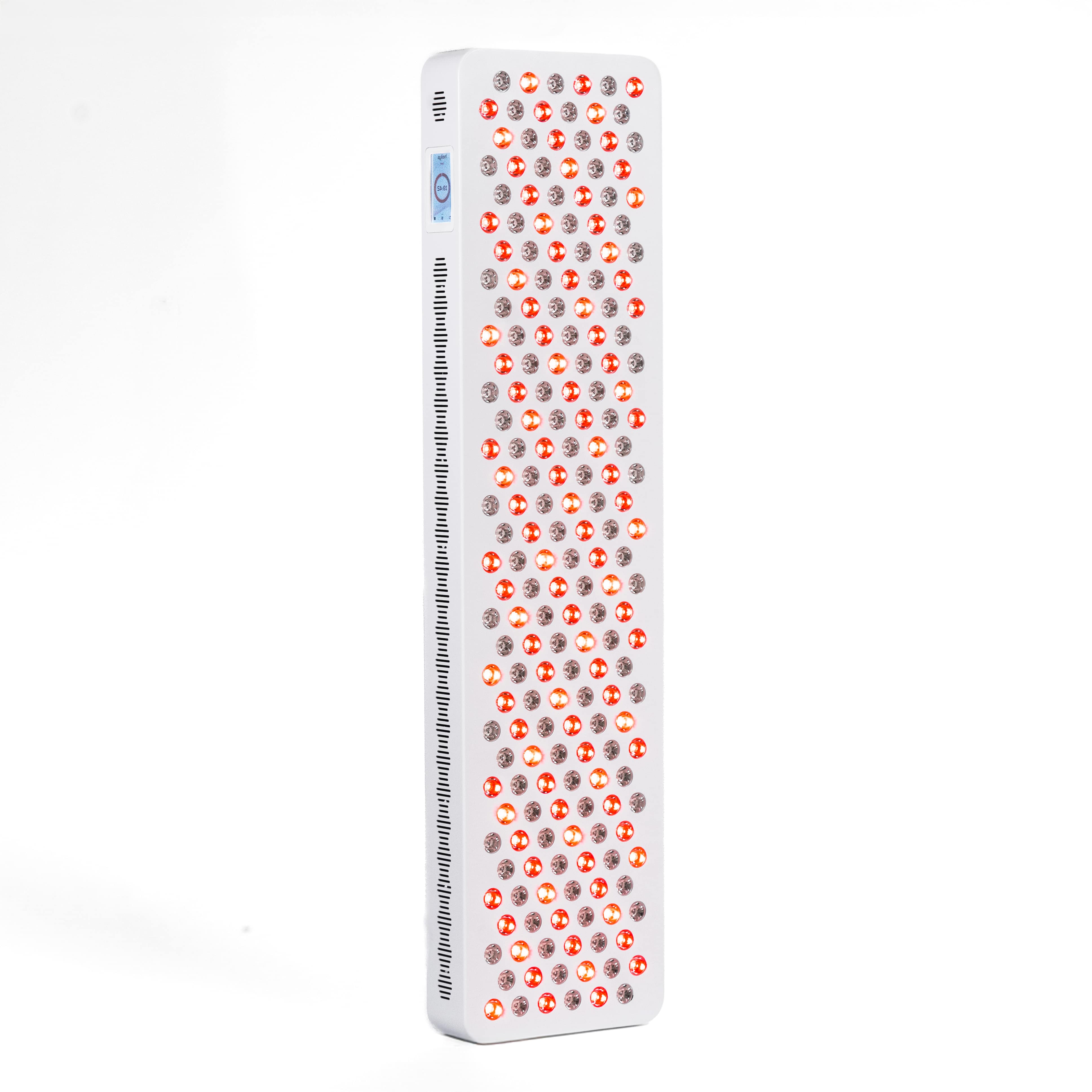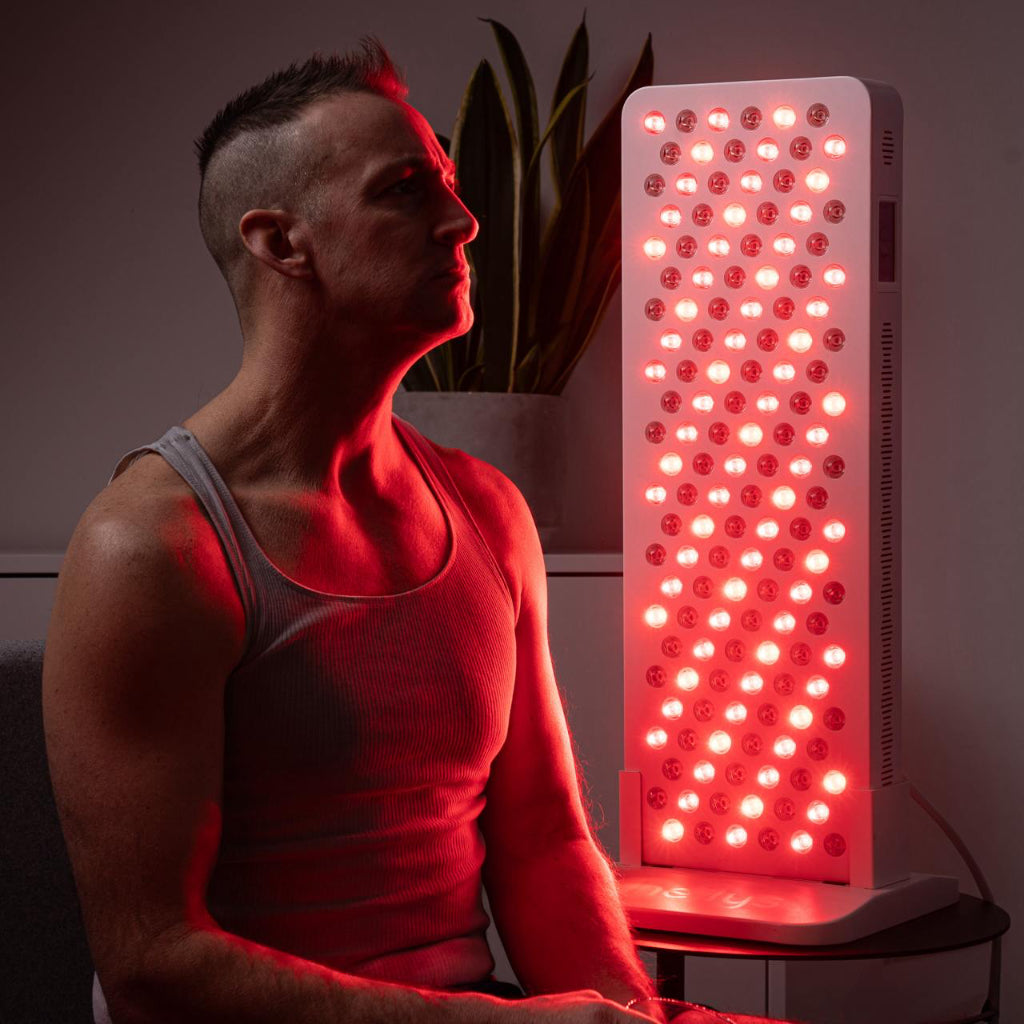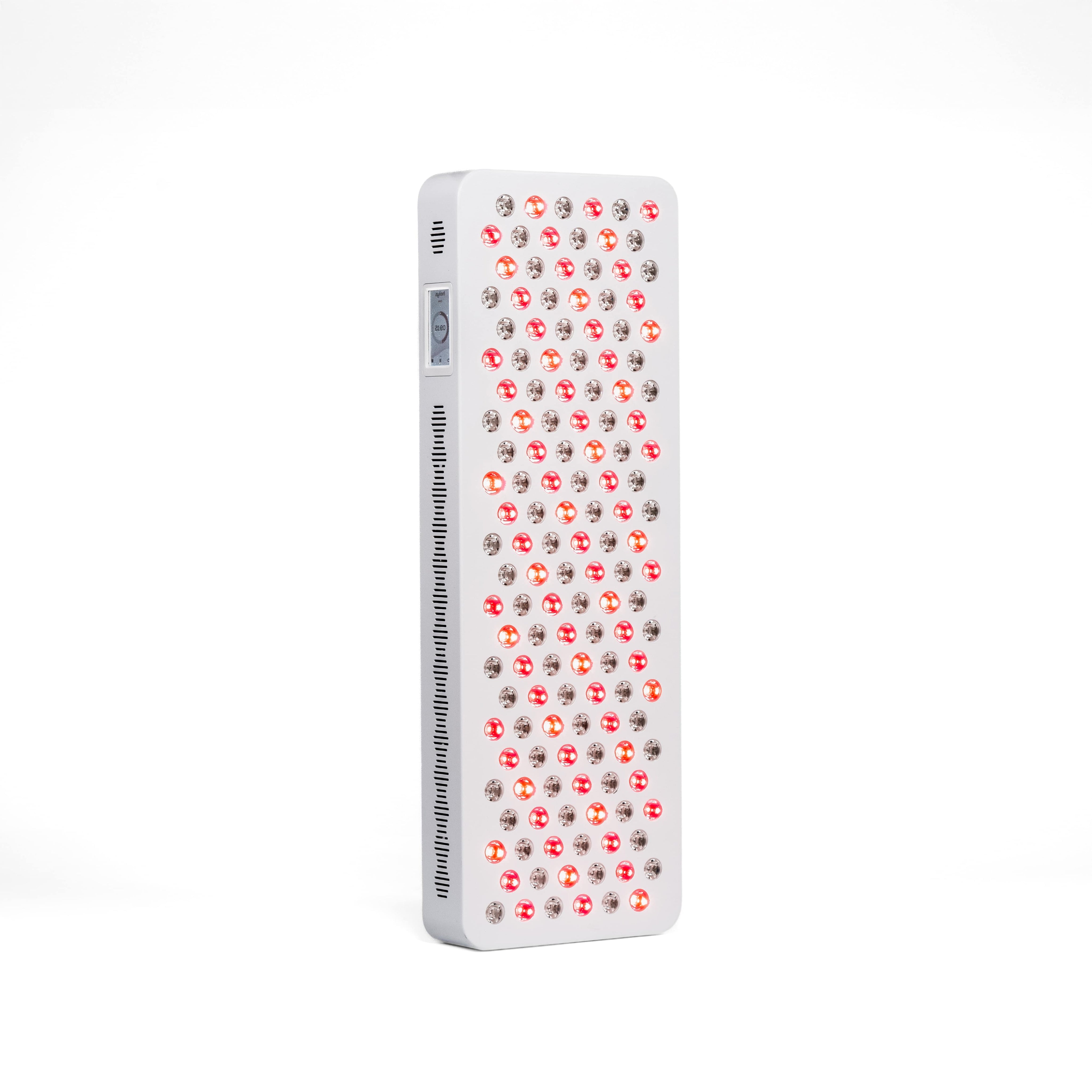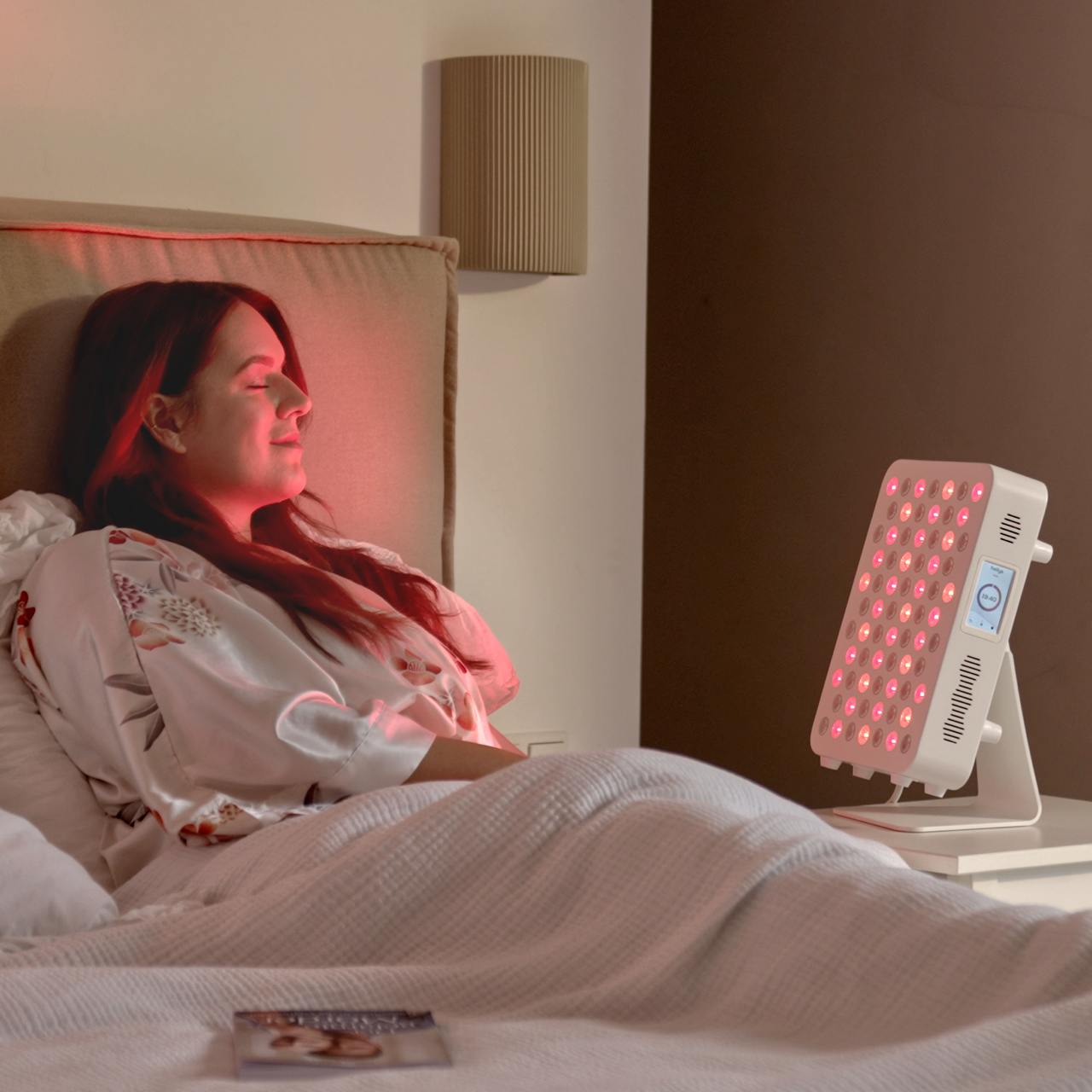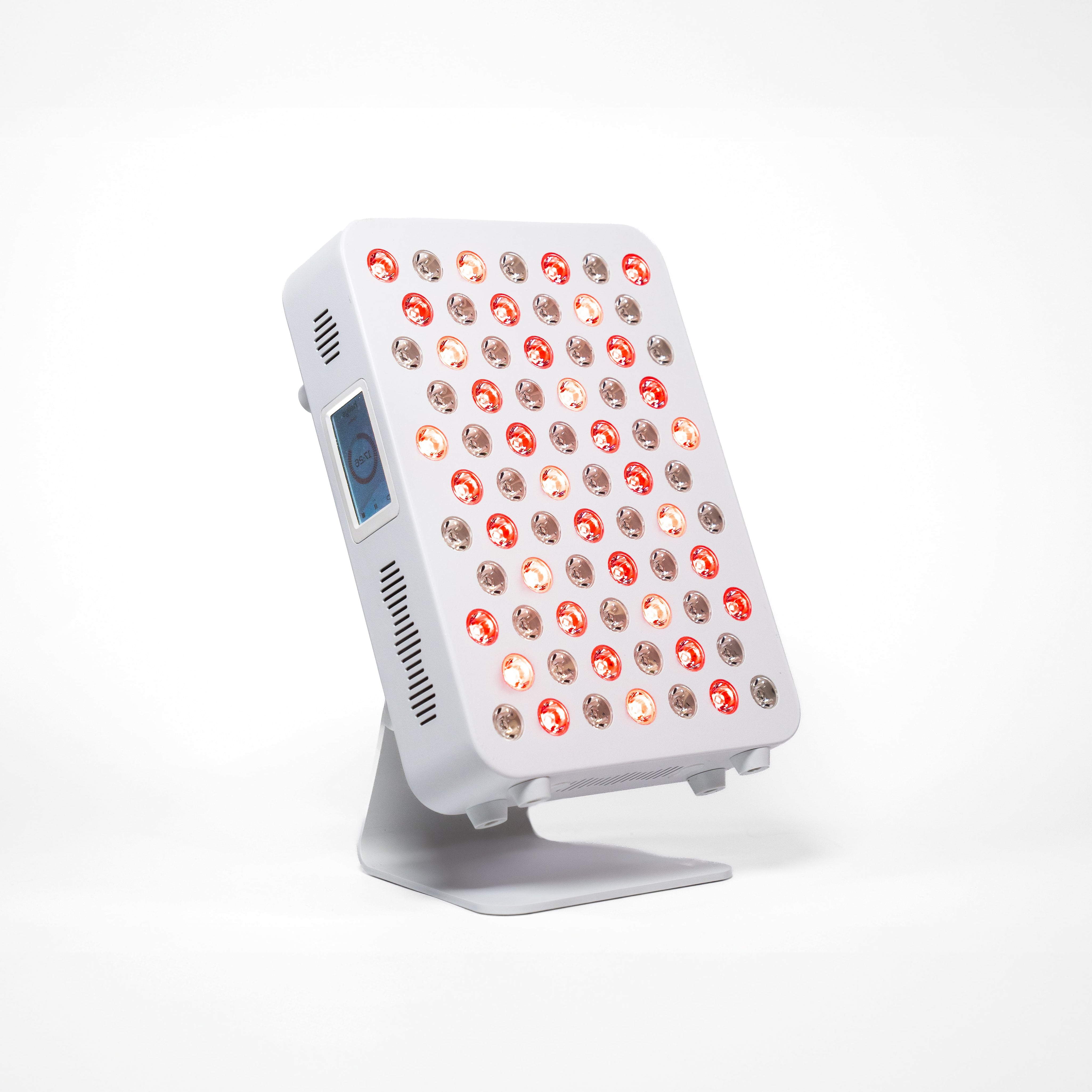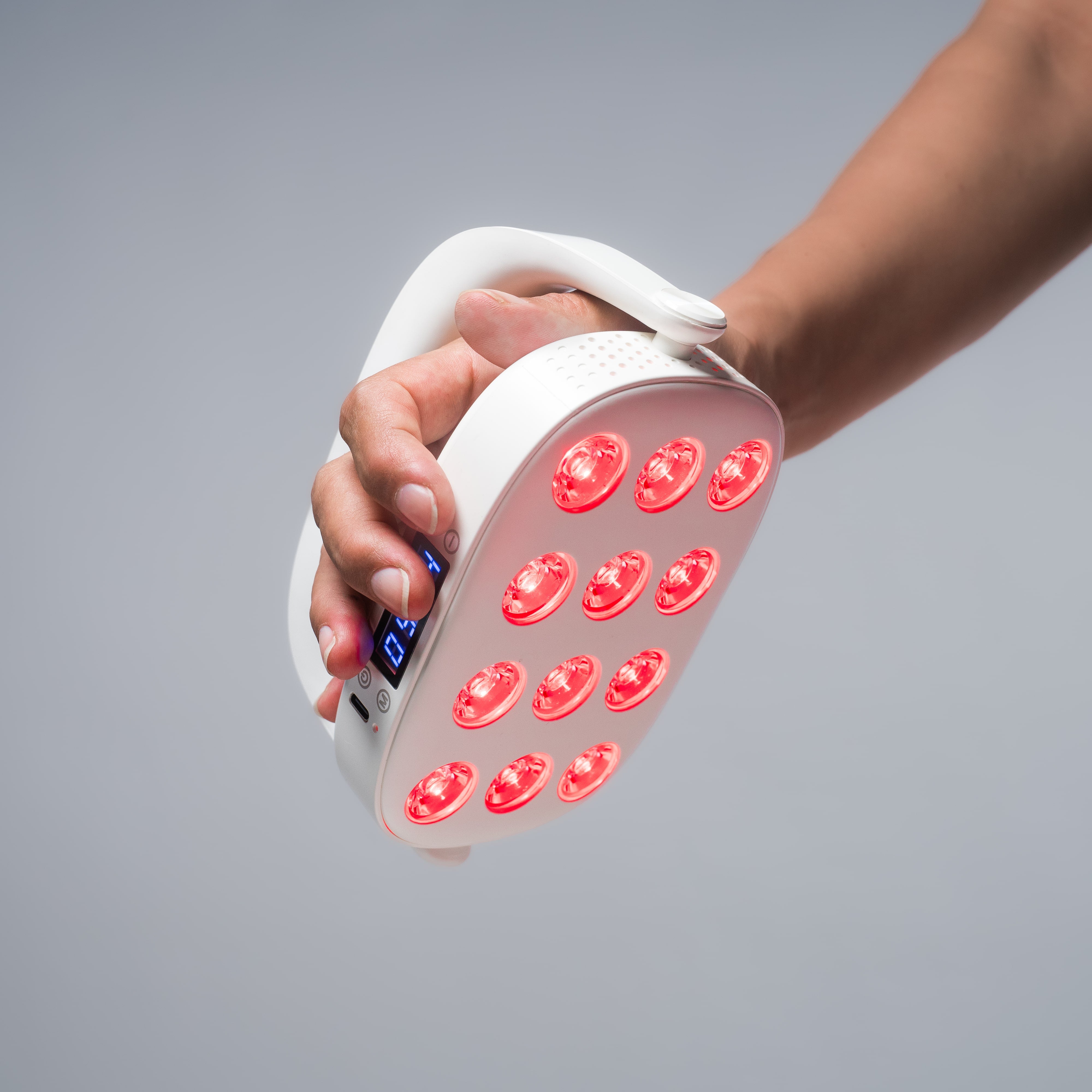Don't we all fondly remember Grandma's infrared lamp that was always brought out when someone caught a cold? These lamps are still available today, and especially considering the price difference, you might wonder: What sets these simple infrared lamps apart from the modern red light therapy devices that are increasingly in demand? It's a valid question when comparing devices costing under $30 to those priced in the hundreds or thousands of dollars. Let's delve into this topic and uncover the differences.
Table of Contents:
- What Is a Traditional Infrared Lamp
- What Is a Modern Red Light Therapy Device
- Scientific Differences
- Pros & Cons of Both Devices
- Conclusion
What Is a Traditional Infrared Lamp?
Traditional infrared lamps, like those from Beurer, Medel, or Sanitas—available at places like Rossmann or Amazon for under $30—use infrared light to generate heat. This heat can penetrate the skin and primarily has the following effects:
- Heat Therapy: Relieves pain and tension through warmth.
- Improved Circulation: Enhances local blood flow and supports healing.
- Relief from Cold Symptoms: Can alleviate cold symptoms by improving circulation in the sinuses and other affected areas.
These lamps are easy to use and offer an affordable solution for home application. However, they also have their limitations.
What Is a Modern Red Light Therapy Device?
Modern red light therapy devices are technologically far more advanced and offer a variety of benefits that go beyond simple heat therapy:
- Photobiomodulation (PBM): Modern devices use specific wavelengths of red and near-infrared light to stimulate biochemical processes in the cells. This can promote cell repair and regeneration.
- Wavelength Precision: High-quality red light therapy devices offer precise wavelengths that penetrate deep into the tissue to achieve specific therapeutic effects.
- Powerful Performance: These devices have higher power and can treat larger areas of the body simultaneously.
- Versatility: Besides pain and inflammation reduction, red light therapy is also used for improving skin health, wound healing, and muscle recovery.
Scientific Differences
- Technology and Light Sources:
- Infrared Lamps: Mainly use medium-wave infrared (IR-B) or far-infrared (IR-C). These wavelengths range from 1,400 to 3,000 nanometers (IR-B) or 3,000 nanometers to 1 millimeter (IR-C), primarily generating heat.
- Red Light Therapy Devices: Use a combination of visible red light (600–700 nm) and near-infrared light (700–1,000 nm) to achieve deeper therapeutic effects.
- Mechanism of Action:
- Infrared Lamps: Work by increasing skin temperature and improving blood circulation.
- Red Light Therapy Devices: Operate through photobiomodulation, acting at the cellular level to enhance mitochondrial functions.
Applications and Research Findings
- Infrared Lamps: Mainly used for symptomatic relief of pain and tension.
- Red Light Therapy Devices: Have a wide application spectrum, scientifically studied and supported, including:
- Reduction of inflammation and pain
- Promotion of wound healing
- Improvement of muscle recovery and physical performance
- Skin rejuvenation and treatment of skin conditions
- Support of cell regeneration and tissue repair
- Enhancement of circulation and oxygen supply
- Stimulation of the immune system
- Reduction of joint and muscle pain
- Promotion of overall well-being and vitality
Pros & Cons: Traditional Infrared Lamp
| Pros | Cons |
|---|---|
| 1. Cost: Affordable price, usually under $30 | 1. Limited therapeutic depth: Low light penetration reaches only superficial tissue |
| 2. Heat Therapy: Effective in relieving superficial pain and tension | 2. Excessive Heat: Can lead to overheating and discomfort |
| 3. Simplicity: Easy to use and ready to go immediately | 3. Lack of Wavelength Precision: Unspecific wavelengths; no targeted stimulation of biological processes |
| 4. Improved Circulation: Enhances local blood flow and supports healing for cold symptoms | 4. Limited Applications: Mainly for heat therapy; less effective for wound healing, skin rejuvenation, and inflammation reduction |
| 5. Safety Risks: Risk of burns with prolonged or close use; often lacks eye protection, leading to eye irritation | |
| 6. No Lasting Effect: Usually provides only temporary relief with no long-term health benefits |
Pros & Cons: Modern Red Light Therapy Device
| Pros | Cons |
|---|---|
| 1. Photobiomodulation (PBM): Utilizes specific wavelengths to stimulate biochemical processes in cells, promoting repair and regeneration | 1. Cost: Higher initial investment, often several hundred to a thousand dollars |
| 2. Wavelength Precision: Precise wavelengths for targeted therapeutic effects; penetrates deep into tissue | 2. Complexity: May require a learning curve to understand optimal settings and applications |
| 3. Powerful Performance: Higher power allows simultaneous treatment of larger body areas | 3. Time Commitment: Regular use can be time-consuming to achieve the best results |
| 4. Versatility: Applications include pain and inflammation reduction, skin health, wound healing, and muscle recovery | |
| 5. Scientifically Supported: Numerous studies confirm effectiveness in various therapeutic applications | |
| 6. Long-Term Health Benefits: Regular use can lead to sustainable health improvements |
Conclusion
While Grandma's infrared lamp certainly has its advantages and can be helpful for specific applications, modern red light therapy devices offer significant added value through advanced technology and broader applications. Investing in a high-quality red light therapy device can be worthwhile for those looking to benefit from extensive therapeutic advantages.
Wondering which red light therapy device is best suited to your needs? Visit our shop or contact our customer service. Our team of experts is happy to help you find the best device for you.






